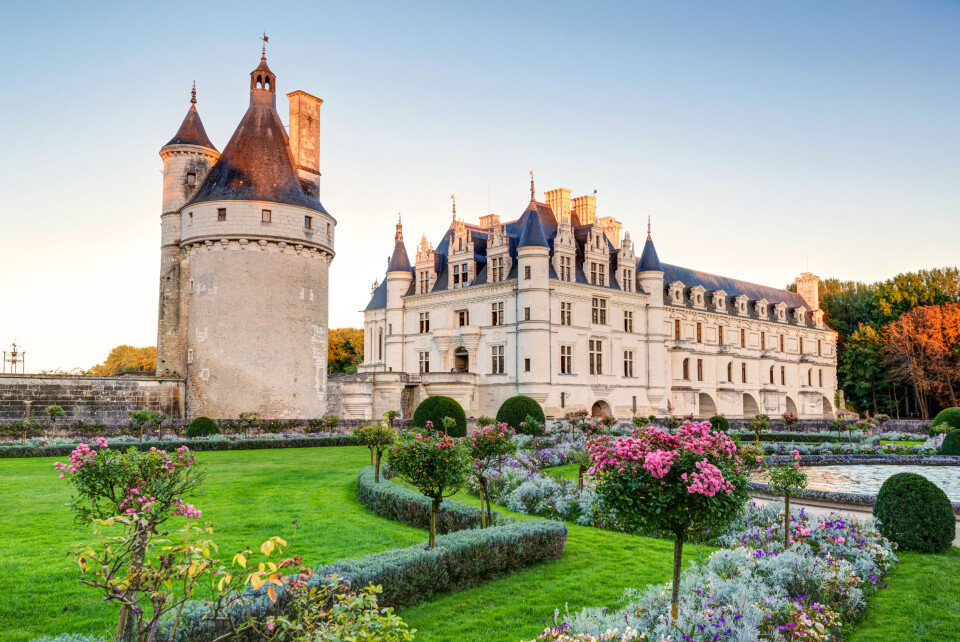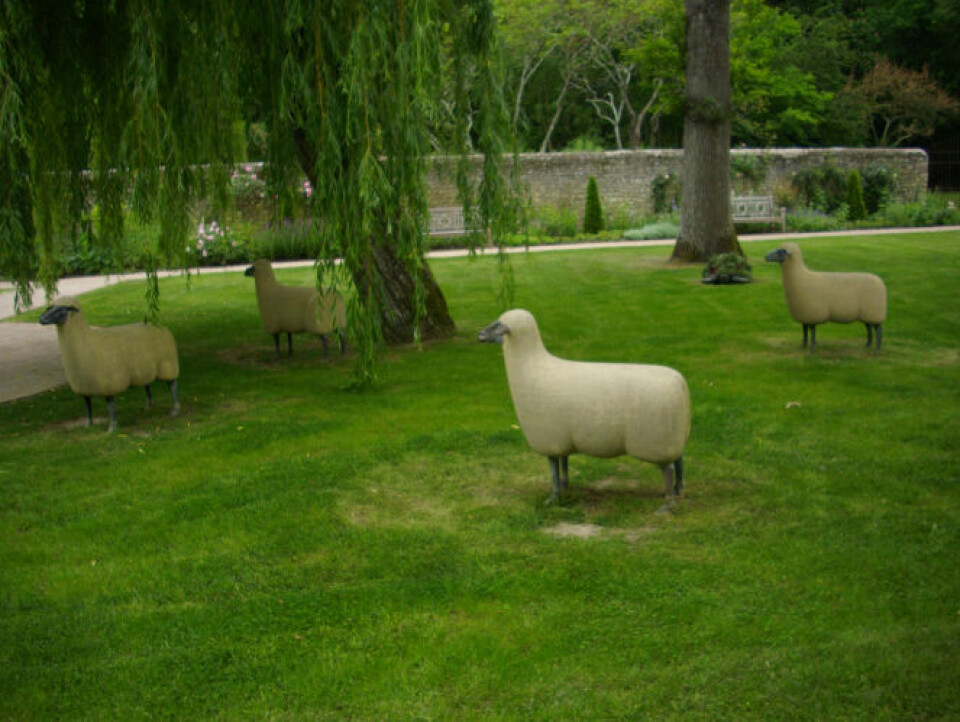-
Duck Cold! Four French phrases to use when it is freezing outside
We remind you of French expressions to use to describe the drop in temperature
-
When and why do we say le moral dans les chaussettes?
We explore this useful expression that describes low spirits
-
The origins and meaning of tirer les marrons du feu
As Christmas approaches, we look at a phrase to describe someone who takes advantage of a situation
Discover the splendid gardens at Chenonceau, France
We talk to the man responsible for the gardens about what work goes into their planning and upkeep

Nicholas Tomlan is the botanical design consultant at the Château de Chenonceau in the Loire Valley, which is famous for its gardens and stunning floral arrangements.
He is responsible for plant choices, garden design, maintenance of the Russell Page garden, and he also conducts gardening tours in French and English.
“We don’t just cultivate ornamental gardens, we also grow flowers for cutting, and vegetables for the chateau’s self-service restaurant.”
The chateau employs two full-time florists to create and maintain dozens of flower arrangements, some of which are 2-3 metres tall.
Daily check of every single flower

“Every morning, Jean-François Bouchet (an award-winning florist) and his assistant check every single flower.
It involves a couple of hundred bouquets a week, which is a challenge for us as gardeners.
We give them as much as we can, but we can’t supply everything, so some flowers are bought in.
Jean-François also uses other horticultural pickings from the grounds, including wild plants, grasses, weeds, moss, and bark.
Replanted every year
The gardens are replanted every year, and in 2019 were laid out in black and white as a homage to Catherine de’ Medici.
“She loved Chenonceau and commissioned the arches across the river, so we wanted to celebrate the 400th anniversary of her birth.
She always wore black and white, so we made a garden using only black and white blooms.
It was so successful that some of the black flowers are coming back this summer.”
Chateau always owned or managed by women
Nicholas says the chateau has always been either owned or managed by women.
“We keep it romantic, with lots of flowers, and taller plants in the main gardens, so you’re walking among rather than above them. I also like plants that move in the wind. We use soft colours, pastels and whites, and avoid red, yellow and orange.”
The stunning flower gardens are re-designed annually.
Plants are chosen well ahead, and the beds are re-planted twice a year.
“In October/November we plant pansies, primroses, violets and bulbs, which will all come up early in the spring.
Everything is then swapped out in May/June for summer and autumn flowering annuals.”
The uprooted plants are composted and added back into the soil.
Gardening on this scale is expensive
“Gardening on this scale is expensive, it requires a lot of labour and watering. Just changing out the beds takes six weeks each time.”
Nicholas says that in his own garden he lets the bulbs spread and come up every year but that does not work in formal gardens, which are expected to be full of flowers for as much of the year as possible, because the soil needs to be dug through twice a year.
The exception is the Russell Page garden, named after the famous garden designer who drew up some plans for Chenonceau many years ago, but never saw them come to fruition.
“When we decided to use his designs to create something, we already had a walled space. So we arranged planting around the perimeters and built a wide brick path between the flower beds and the central lawn. It references the brick floors in the old stables which are now the self-service restaurant, and also prevent plants from invading the lawn. The weeping willow was already there, slightly off-centre. It’s very English. We used lots of perennials with roses and shrubs in the borders.”
The planting is designed to produce interesting colour combinations, from spring bulbs to chrysanthemums, and the roses bloom as late as November.
Sculptures
The garden includes sculptures.
There are five sheep, some large landscape fish with square frames through which to view the garden, and a frog.

There is a small water feature under the weeping willow.
“It was designed to be easy to maintain and I do this myself. I don’t cut the grass, but I do all the rest in just one afternoon a month. Preventing plants from turning a garden into a jungle is half the job. Asters run around and have to be pulled out. Wisteria invades, as do strawberries and bamboo (unless it’s the clumping variety).”
His advice for laying out gardens is to get to know the where the sun moves, where the water pools, and choose plants that will enjoy the conditions, paying attention to the colour, texture, shape and size they will attain when fully grown.
Related articles
Take a picnic beneath pink trees this spring as Paris turns Japanese
What is a ‘ville fleurie’ in France and how is this label attributed?
























